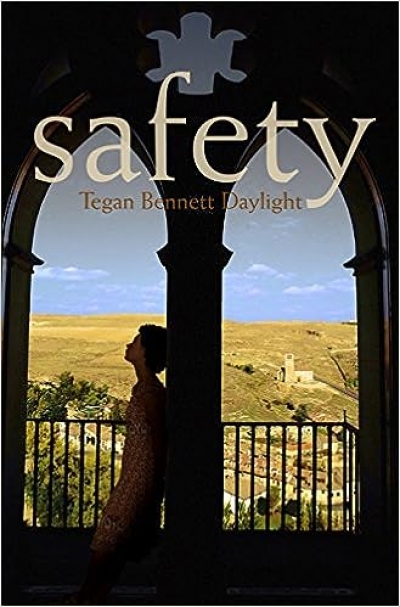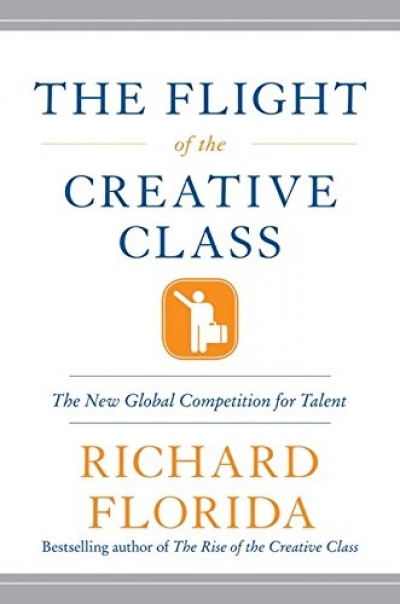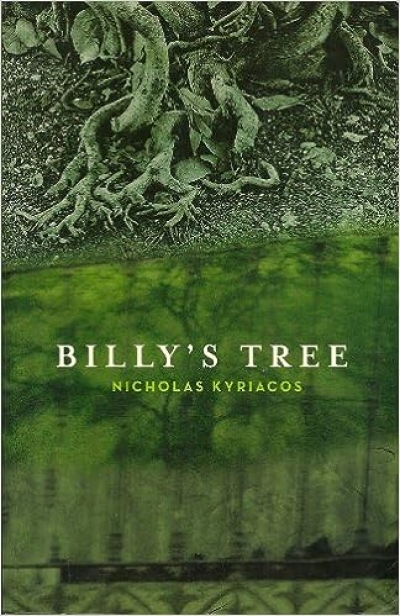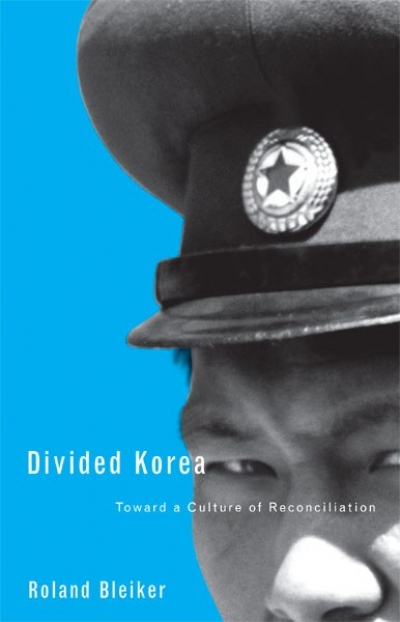Archive
Safety by Tegan Bennett Daylight & The Corner of Your Eye by Kate Lyons
by Kate McFadyen •
Tucker Track: The Curious History of Food in Australia by Warren Fahey
by Eleanor Collins •
Lindy Chamberlain Revisited: A 25th Anniversary Retrospective by Adrian Howe
by Steve Gome •
Art Since 1900: Modernism, Antimodernism, Postmodernism by Hal Foster
by Luke Morgan •
Behind the News: A Biography of Peter Russo edited by Prue Torney-Parlicki
by Grant Bailey •
Divided Korea: Toward a culture of reconciliation by Roland Bleiker
by Anthony Burke •










